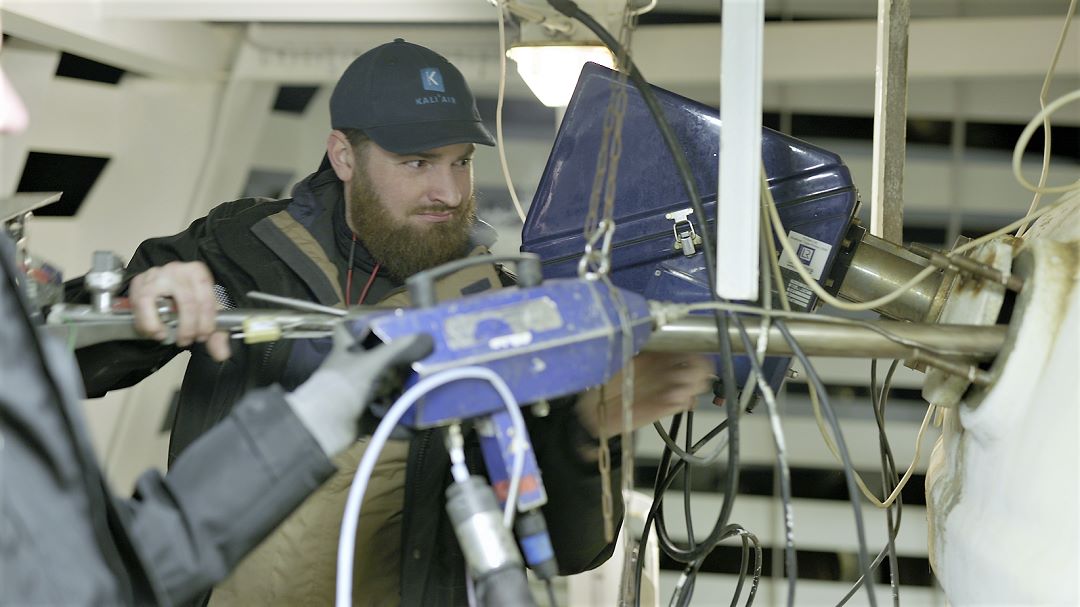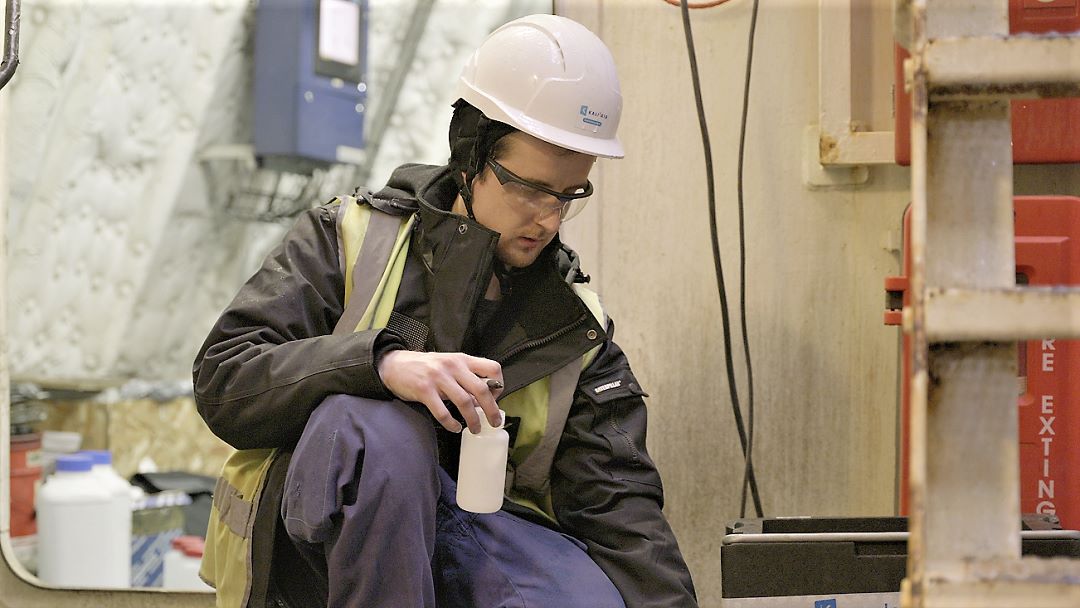As part of its ongoing research into technological advances that reduce airborne emissions, a maritime company in charge of operating ferry services out of Marseille launched an environmental study in collaboration with XBEE SA to look at atmospheric emissions from its electric generators.
The actual measurements were conducted by experts from Kali’Air, a company that specializes in measuring air pollutants and is both certified by the French Ministry of Ecology/ Sustainable Development/Energy and accredited by Cofrac (1-1848, 1-5567).








